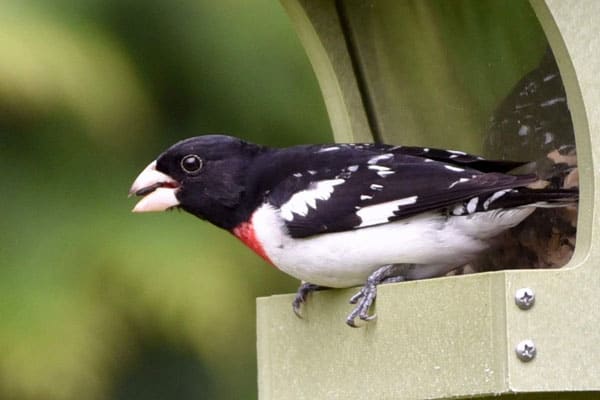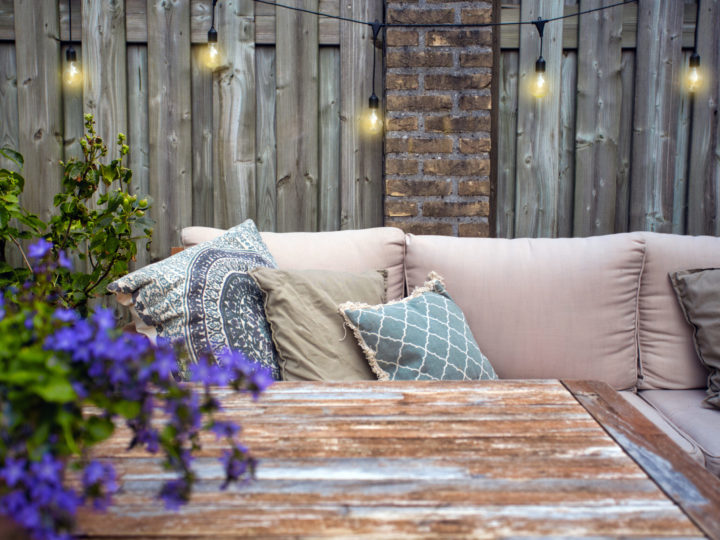
According to the American Bird Conservancy approximately 1 billion birds are killed in the United States due to collisions with glass windows. You may be asking yourself; Why do birds fly into windows? The simple answer is that birds do not see like you and me.
During daylight hours, glass windows reflecting sky or foliage create optical illusions for birds who think they are flying into clear skies or landscape. For species that migrate at night, including most songbirds, artificial lighting can be confusing (particularly in large urban areas) and they try to fly “into” the light on the other side of a window.
So how do you make your windows more bird friendly and prevent bird strikes? The best way is to use exterior window screens. The tiny, tight mesh patterns on the screens are easily seen by birds and are the best deterrent to window strikes. If exterior screens are not an option for your window—such as with large picture windows or façade windows—you can visit your local hardware store for crop netting to drape and tack over the exterior window where birds are more apt to strike. It’s not the most fashionable option, but it should solve any immediate problem.
There are more aesthetically pleasing products on the market that will work to deter bird strikes, including bird-safety-film, specialized window tapes, stickers, and adhesive dot applications. But before you reach into your wallet, try these low- or no-cost solutions to help keep our feathered friends safe:
- Look at the reflection you see in the window. If it reflects natural habitat or broad blue sky, try placing a piece of furniture or shelving in front of the window to break the reflection. Keep in mind that the window reflection will change throughout the day, so check the reflection at different times of the day, always keeping a “birds-eye view” in mind.
- Move your bird feeder within 3-feet from your window. If a bird takes off from a feeder, they won’t be flying fast enough to do themselves any significant harm if they hit a window. To ensure maximum safety, the best distance for bird feeders is 30-feet from the house.
- You can give your old compact discs’ new life by hanging one at the halfway point in your window. Its shiny reflective surface will signal to birds that they should steer clear of the glass in front of them
If, after all your efforts, you find that a bird has been injured from a window strike, carefully place the bird in a cardboard box and drape a light towel over the top of the box to give the top a little weight. Position the box in a shady spot so that the bird stays cool. Birds often go into shock when injured and if stunned, may need some time to regain its senses. Check the bird every 15 minutes or so to see if it may be able to fly away. If the bird is unable to take flight after a few hours, contact a local wildlife rehabilitator who may be able to help through the Department of Energy and Environmental Protection’s website: https://www.ct.gov/deep.




